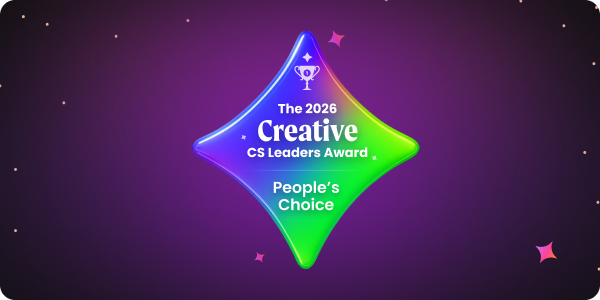“Mediocre onboarding is just about executing on the ‘what’. Getting the customer to see the value as soon as possible is usually the KPI in that case. You’re focused on ticking all the boxes such as “do we have the design document? The UA team?”...but the experience is not all there”, Farmer said, when asked about the main difference between an exceptional onboarding experience and a mediocre one.
Alex Farmer, VP of Customer Success at Cognite, lets us in on what he believes is the biggest missed opportunity in customer onboarding:
“In a high touch module, there are so many teams involved, but they often work in silos. The sales team might send a PDF to sign with DocuSign as first touch point, then the CSM will email different attachments. Basically, you're outsourcing the customer journey rather than showing them an outside-in view of the full expected experience”.
Farmer often speaks about turning up the volume on the engagements you already make;
“By getting creative in the onboarding phase, you can surprise and delight your customers and infuse your company culture. It helps build the relationship on a person-to-person level. As an example: we've given customers the opportunity to pick between two options for charitable donations that will be made on their behalf on their “go live” date”.
Farmer's advice for companies that are launching their onboarding program focuses on templating the process. “I’m always surprised by organizations that leave everything to chance. Having to reinvent the wheel all the time because nobody built the template is silly”. Farmer says the best place to start is by making sure that every lesson you learn about onboarding is not just shared retrospectively.
“Think about how you can formally take the lessons from each onboarding and systematically embed that feedback so you do it better next time. It starts with the templatization of your key milestones. Doing that sooner rather than later is a great way to make it easier to scale your efforts and avoid repeating past mistakes”.
Farmer shares with us his mantra:
"Spend 80% of your time being customer facing, and 20% making that 80% more efficient’. So, how you fill that 20% as you scale is important, and I think for me the cornerstone of that 20% is embedding our 'lessons learned' directly into the process, so that next time we don't have to think about it”.




.png)

.png)




%20(1).png)
















.png)
.png)
.png)



.avif)





.png)
.png)







